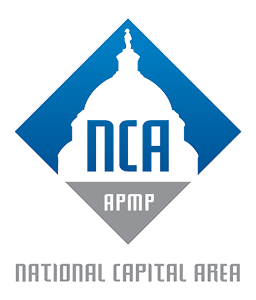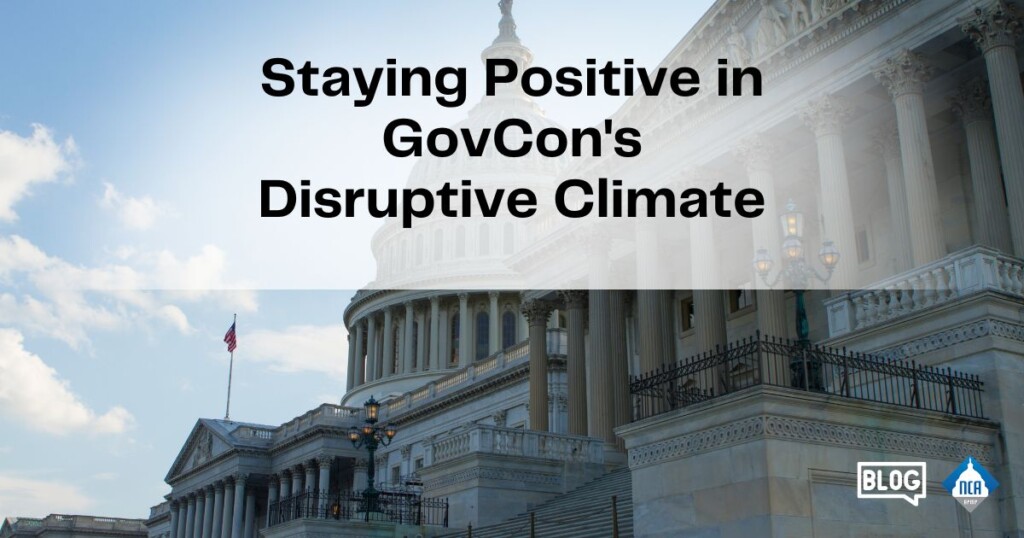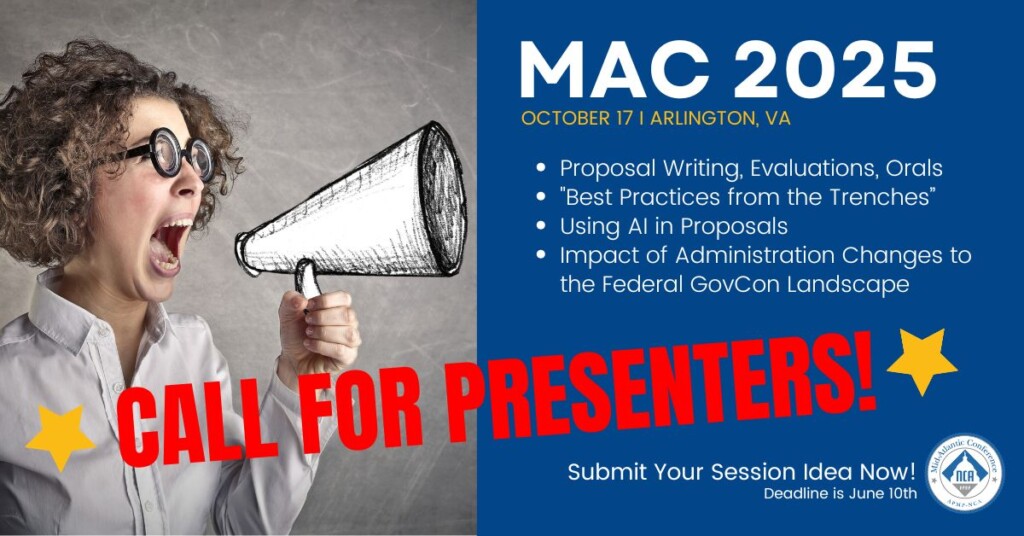In the last decade, I’ve seen three changes that have gained momentum: shorter proposals, more orals, and an increase in visuals.
1.Shorter Proposals
Prospects, customers, reviewers, evaluators, and decision makers are fractured. They are resource starved. They do not have time to read through five two hundred-page proposals.
Although resources have shrunk in the last 10 years, requesting more succinct proposals is nothing new. Corporations and government agencies have been begging solution providers to “answer the question (in the RFP)” as concisely as possible. Now instead of asking, they state: “You have 12 pages to explain your entire technical solution.” Their demand for brevity forces solution providers to get to the point.
2. More Oral Proposals
Twenty years ago, oral proposals were more common in many industries. Then the pendulum swung the other way to written bids, and orals were requested less and less. However, recently, corporations and government agencies are again wanting oral presentations. A two-hour presentation is easier and quicker to review than a potentially confusing, verbose written volume. The customer can also meet the team proposed for the work—which is often an orals requirement—and ask questions to the people who have the answers. Those presenting the solution are expected to demonstrate their proficiency, ability to work as a team, and interpersonal skills. All of which can be shown during a team-based presentation, so it makes sense that the evaluator would want to meet the team to see if they would be a good fit to work with their organization.
3. Increase in Visuals
Companies that had never used graphics in their proposals are now seeing their value. Companies that always employed visuals to explain their messages are improving the clarity and quality of their graphics. Because we live in an “at a glance” society, people no longer request content be clear, compelling, and succinct—they require it.
I have seen a spike in “big picture” graphics (e.g., executive summary level, overview, ConOps). In fact, many of these visuals are created before the RFP releases to shape the opportunity or socialize the solution before spending money and time writing the proposal. Graphics matter more today than I’ve ever seen.
I expect these three trends will continue for the foreseeable future. The trend pendulum may swing back the other way if there is enough pressure to change; however, there is nothing that will stop these three trends right now. In fact, I am seeing a push for even shorter proposals, more orals, and an increase in visuals





